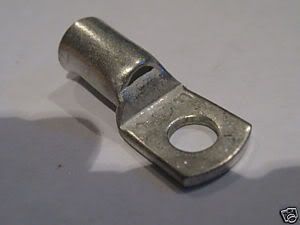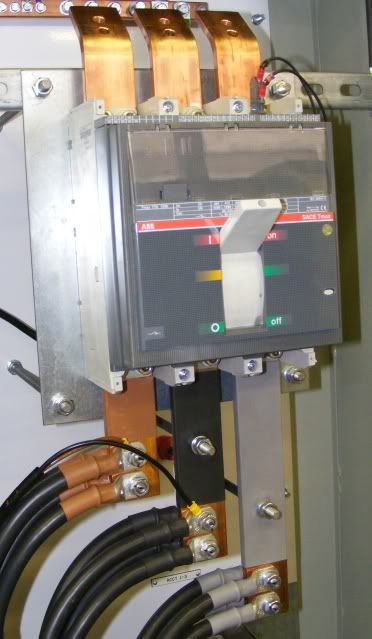Open Neutral
Senior Member
- Location
- Inside the Beltway
- Occupation
- Engineer
(Another topic no one ever told me in school decades back that an EE would be asked someday....)
A machine shop I hang out at [1] needs to add a small single phase panel after an unfused disconnect that feeds 3ph loads now. The electrician doing the work states the rub is the lug limit. He's not aware of a legal way to terminate more conductors than those there.
My knowledge of the NEC in such an area is roughly “Lasciate ogni speranza, voi ch’entrate!”. If this were not a power system, but something inside a box with various microcontrollers, etc. I'd be thinking of insulated terminal strips, or a soldered Y splice covered with heat shrink, etc.
But it is something NECish. Which if any way should I point the electrician toward to finding an approved solution?
[1] More fun and less likely to get me in trouble than bars -- more toys, fewer calories, and we make fun things.
A machine shop I hang out at [1] needs to add a small single phase panel after an unfused disconnect that feeds 3ph loads now. The electrician doing the work states the rub is the lug limit. He's not aware of a legal way to terminate more conductors than those there.
My knowledge of the NEC in such an area is roughly “Lasciate ogni speranza, voi ch’entrate!”. If this were not a power system, but something inside a box with various microcontrollers, etc. I'd be thinking of insulated terminal strips, or a soldered Y splice covered with heat shrink, etc.
But it is something NECish. Which if any way should I point the electrician toward to finding an approved solution?
[1] More fun and less likely to get me in trouble than bars -- more toys, fewer calories, and we make fun things.


